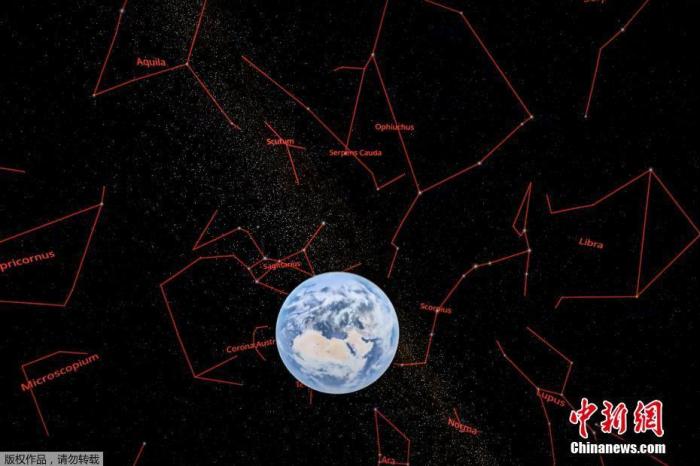China News Service, July 21, according to comprehensive foreign media reports, on the 20th local time, the largest 3D universe map to date was released. The map was drawn by hundreds of scientists from 30 institutions around the world after 20 years of analyzing more than 4 million galaxies and quasars.
According to reports, this is the first time that researchers have used “celestial bodies showing the distribution of matter in the distant universe, that is, galaxies that actively form stars and quasars” to map the universe.
Hundreds of scientists from more than 30 scientific research institutions around the world have successfully released the largest 3D universe map in history after years of hard work. This is the result of analyzing more than 4 million galaxies and quasars.
Agence France-Presse reported that Will Percival, a professor at the University of Waterloo in Ontario, Canada, said that hundreds of scientists from about 30 institutions around the world have presented "the complete story of the expansion of the universe."
He said in a statement that the project was launched more than 20 years ago, and the researchers "conducted the most accurate measurement of the expansion history in the widest time range of the universe ever."
Kyle Dawson, a researcher at the University of Utah, said, "We have a good understanding of the ancient history of the universe and the recent history of expansion, but there is a headache in the 11 billion years between." With 5 years of continuous observation, we have worked hard to fill this gap and used this information to provide the most significant progress in the field of cosmology in the past 10 years."
Hundreds of scientists from more than 30 scientific research institutions around the world have successfully released the largest 3D universe map ever.
Jean-Paul Kneb, an astrophysicist at the Swiss Federal Institute of Technology, said that the goal of the researchers is to draw "the most complete 3D map of the universe in the life cycle of the universe."
According to the report, the fibrous structure and voids of the material visible in the map more accurately define the structure of the universe since its formation. In the part of the map about 6 billion years ago, the researchers observed the oldest and reddest galaxies; in the more distant part, they focused on the youngest blue galaxies and the superbright class with extremely large black holes Astral.
The map also shows that the universe began to expand at a certain point in time and continues to this day. The researchers said that this seems to be due to the presence of dark energy. Dark energy is an invisible element, but its origin is unclear.

